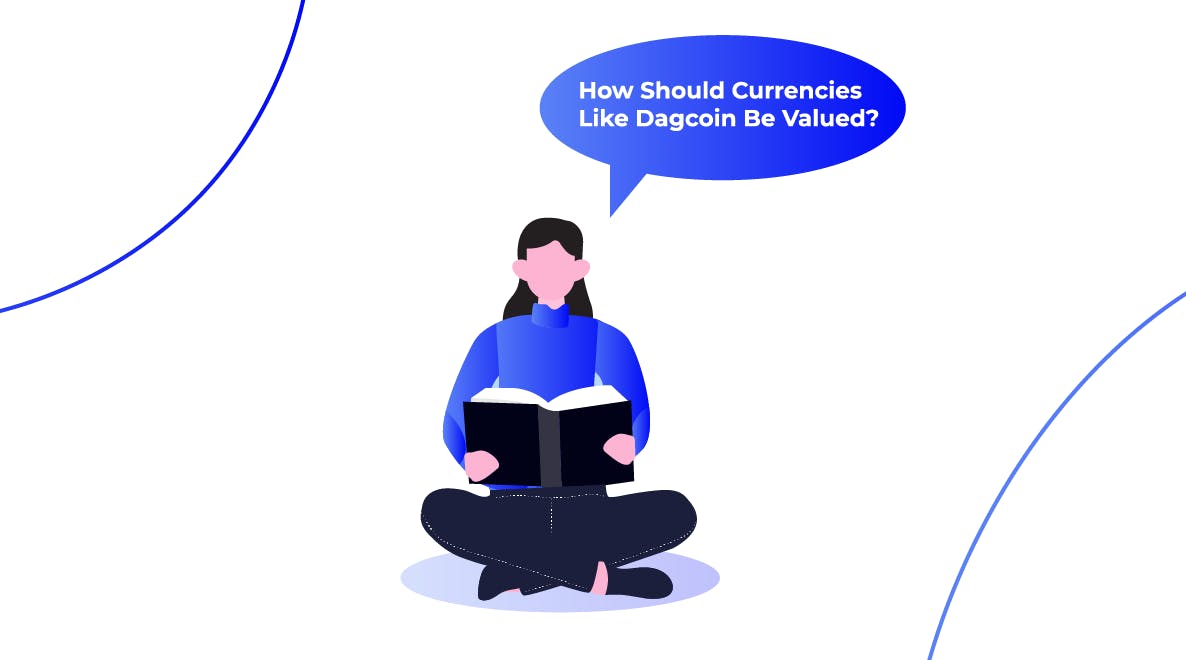Some state lawmakers and a Cornell Law School professor are jointly crafting a proposal to introduce a statewide public alternative to banking in New York through launching a local digital currency. Despite being a first-world country, the USA has notable economic discrimination in its territory.
According to data from the US government’s Federal Deposit Insurance Corporation, more than 14 million US people were unbanked. There are several reasons for not having a bank account, the most prominent being unemployment. Some people do not prefer going to a bank for transactions and others do not have personal identification. As most companies pay salaries to the bank account, the unbanked people face a lot of problems in day-to-day activities. They are constantly in search of an alternative like a digital wallet. Lawmakers and finance experts have also been trying to offer a reasonable solution for them.
Finally, good news may come for the New York citizens as a buzz of local cryptocurrency is in the air.
Robert Hockett, an official of Cornell’s law faculty, has developed a plan addressing people and small businesses without a bank account that would create a state payment platform and currency in New York to reduce financial issues for this group of people. State lawmaker Ron Kim (D-Queens) has support for the professor regarding the plan. According to the reports of Vice, the payment system and currency would be highly convenient for people with low socioeconomic status and underpaid workers.
Kim has already introduced a bill in the New York State Assembly on “New York Inclusive Value Ledger”, which would launch the new system in the state. The bill was referred to the Assembly’s Committee on Banks. The bill is being moved in the other chamber by State Senator Julia Salazar (D-North Brooklyn). These simultaneous movements may bring some positive results very soon.
The proposed platform would create a system of individual digital wallets funnelled to a “master account” that would make everyday transactions easy and fast for the registered users. This would eliminate the need for a bank account or credit card which many residents can’t afford.
The need for a more inclusive payment system
The concept of inclusive value ledger originated from the need for more inclusive money, payment and retail banking system for the creation, accumulation, and easy transfer of spendable value. The draft bill provides the idea of a smartphone-accessible peer-to-peer (‘P2P’) savings and payment system which can be designed and implemented by any government entity in the State of New York.
Hockett expected that the new system would enable the monetization, production, and saving of far more value than the current economic system allows. In several sections, the draft bill outlines the inclusive value ledger in general, the state inclusive value ledger, the community or complementary value ledger, and finally the prospects of a national value ledger.
The existing profit-making payment platforms are mostly private entities and these are out of reach for many people due to high transaction charges and other rents that extract too much value. But with the advent of new digital payment technologies, designing and implementation an inclusive payment platform is quite easy. An area like New York with economic diversity is likely to benefit from such financial and commercial infrastructure.
A two-stage operation
The State Inclusive Value Ledger is expected to be interoperable with other payment platforms like ATM cash. A two-stage plan for the construction of the system has been proposed in the draft bill. In the first stage, New York would provide a digitally accessible wallet called “Inclusive Value Account” to all residents of the state.
Each account would be P2P linked to a ‘Master Account’ which can be the state treasury itself or a different account created as a state enterprise or legal trust. Individual accounts can be credited by the state in the form of tax rebates, pension or other benefit payments, or debited for income taxes, fines or franchise fees.
There is no fixed measurement unit for these debits and credits, but digital dollars can be used for convenience. The second stage of the plan would be to enable cash flow among residents themselves. This stage would not require any basic changes in technical requirements. It can be simply considered as an addition of a new feature to the existing system. The implementing authority will just need to track and record the added volume of private/private transactions.






